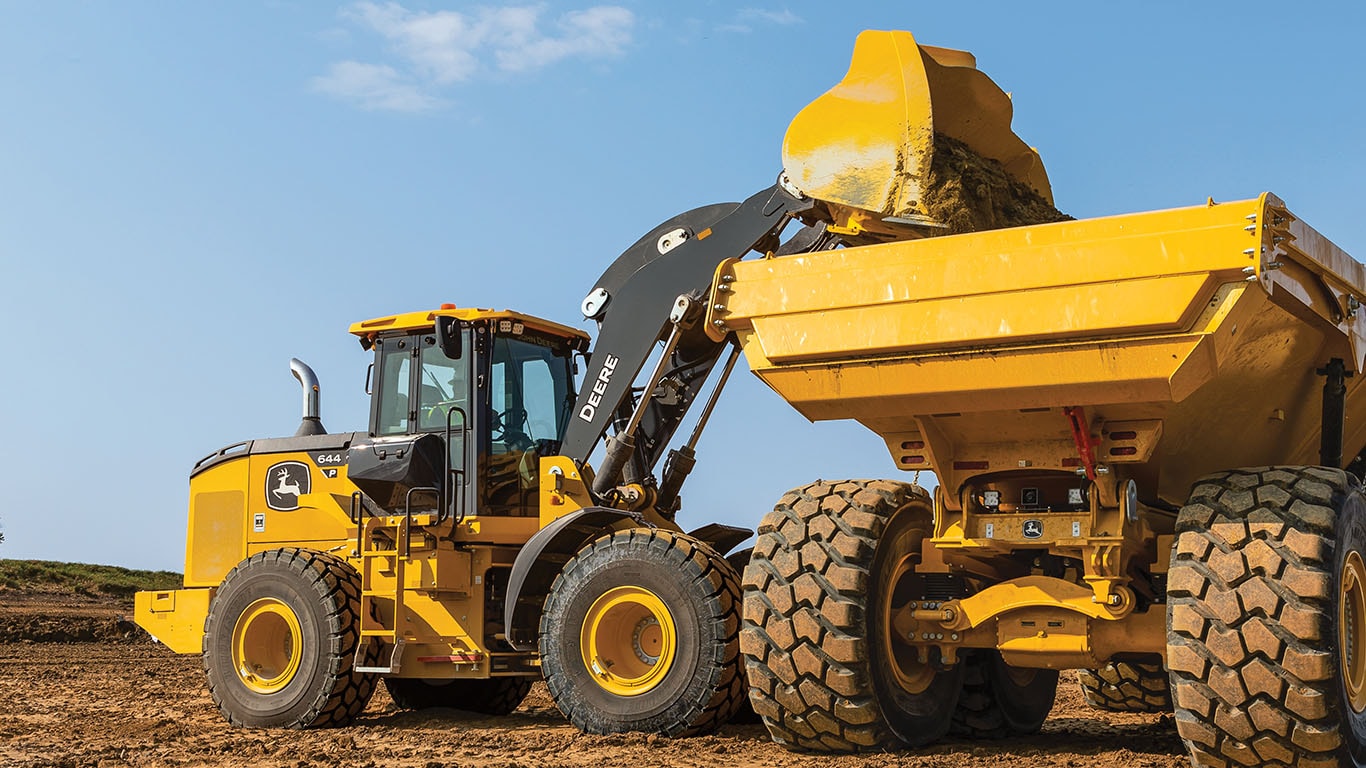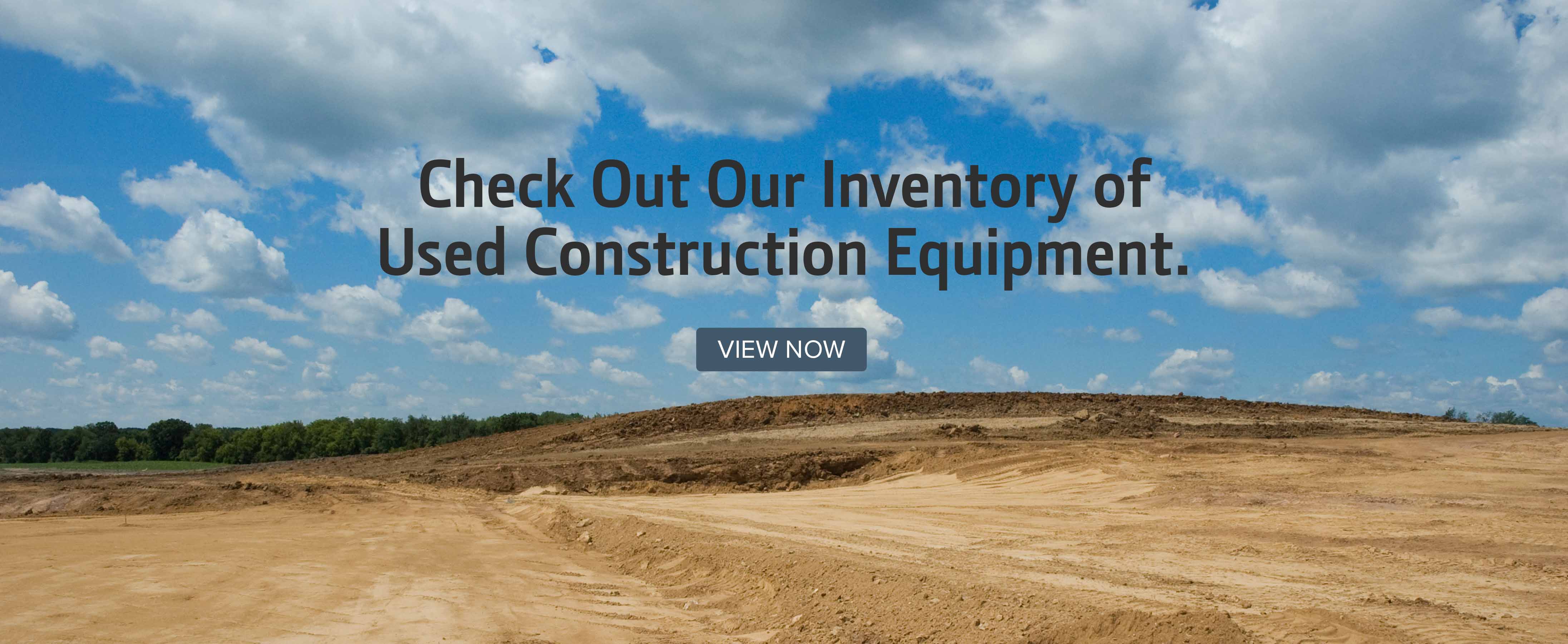Wheel loaders are a highly versatile and suitable piece of machinery for a wide range of tasks. Keep reading to learn more about how wheel loaders work, how they are used, and the different types available.
What is a Wheel Loader?
A wheel loader, also known as a "loader," is a piece of heavy construction equipment used in roadbuilding, mining, agriculture, and other industries. Wheel loaders are often characterized by their large front-mounted bucket and the capability to maneuver on wheels rather than tracks.
What is a Wheel Loader Used for?
Wheel loaders can be used for a variety of tasks including loading and unloading heavy materials, transporting materials, clearing debris from a construction site, and even removing snow in cold environments. Wheel loaders are most often found being used on construction sites, roadbuilding projects, mines, agricultural operations, and more.
How Do Wheel Loaders Work?
Wheel loaders work by scooping and lifting materials by using the large front-mounted bucket. The operator inside the cap controls the loader with hydraulic controls that raise, lower, tilt, and dump the bucket as desired. Wheel loaders are also quite narrow, allowing them to maneuver in tight spaces and navigate uneven terrain with ease.
What Are the Different Types of Wheel Loaders?
There are various types of wheel loaders depending on the type of work required. For example, compact wheel loaders are more suitable for smaller worksites, while large wheel loaders are capable of handling heavy-duty tasks. Some of the most common types of wheel loaders include compact wheel loaders, mid-size wheel loaders, and large wheel loaders.
What Are the Benefits of a Wheel Loader?
There are several benefits of using a wheel loader, including:
Enhanced Productivity
Wheel loaders allow projects to operate quickly and efficiently by moving large quantities of materials at a time and helping to increase productivity on the worksite.
Extended Reach
Given the large mounted bucket on the front of a wheel loader, operators can reach materials in hard-to-access areas, thus improving efficiency and reducing the need for manual labor.
Versatile Machinery
Wheel loaders have a variety of attachments that can be connected, which increases their versatility and utility.
Improved Safety
Wheel loaders help improve safety on worksites as they are equipped with backup cameras and proximity sensors to help prevent accidents and injuries.
Reduced Labor Costs
Manual work is not only time consuming but costly. By automating tasks such as material handling and loading, wheel loaders can help reduce the need for manual labor, saving time and labor costs.
What Are the Components of a Wheel Loader?
The main components of a wheel loader include the bucket, wheels, engine, operator's cab, hydraulic systems, and attachments. Each component of a wheel loader plays an important role in the operation and performance of the loader, which allows it to handle various tasks efficiently and effectively.
Where to Find a Wheel Loader?
Ready to improve efficiency and streamline operations? Search for wheel loaders using John Deere MachineFinder and get information regarding your local dealers and equipment specifications.
If you enjoyed this post or want to read others, feel free to connect with us on Facebook, Pinterest, Twitter, or Instagram!
Additional Resources

